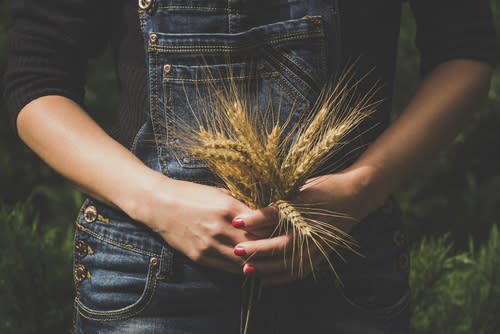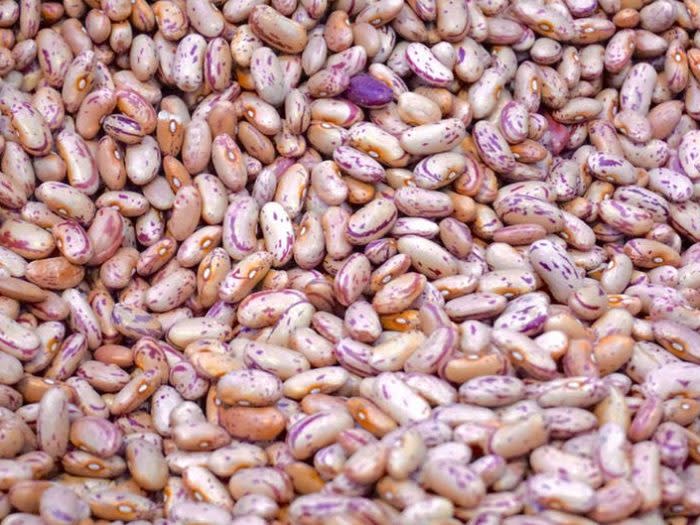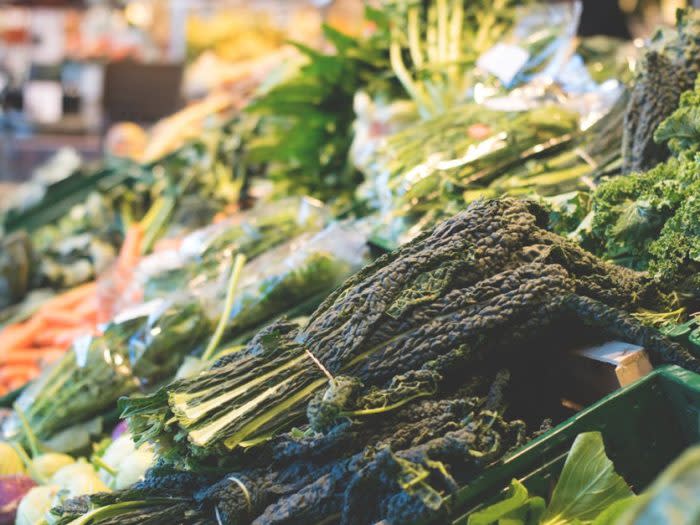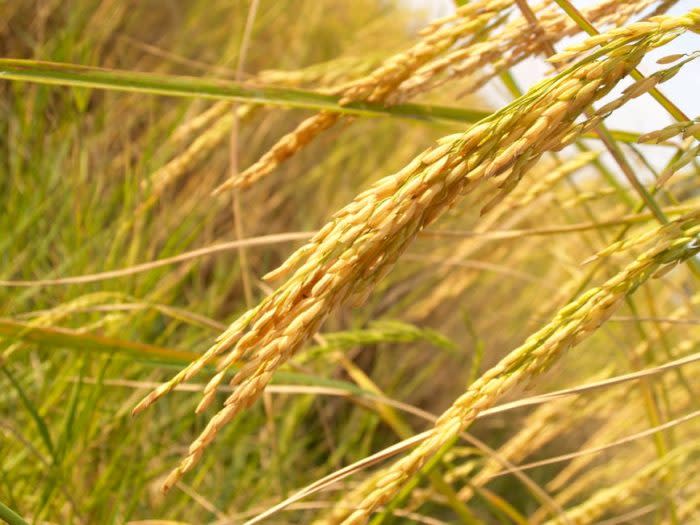Here’s everything you need to know about plant-based protein, because meat isn’t mandatory

Tell any omnivore that you’re a vegan or vegetarian, and you’ll probably hear: “But how do you get enough protein?” While this question can become irritating to those who hear it all the time, those who eat a plant-based diet do need to make sure they’re getting enough protein. The good news is plenty of plant-based products have more than enough protein to help you meet your daily needs – you just need to make sure you’re eating them.
Why is protein important?
According to the U.S. National Library of Medicine, proteins are “the building blocks of life.” Consuming proteins allows our bodies to repair our cells (and create new ones altogether). This macronutrient is one of the major essential nutrients you need to consume every day to stay healthy.
How much protein do I need every day?
Protein’s Recommended Dietary Allowance (RDA) is 0.8 grams of protein per one kilogram of bodyweight. If you’re measuring your weight in pounds, you can multiply your body weight by 0.36 in order to calculate your recommended minimum intake. However, nutritional requirements can drastically differ from person to person, depending on your activity level, age, and whether or not you’re pregnant or lactating.
This protein-calculator from the United States Department of Agriculture can help you get a better understanding of your suggested protein intake (though you should definitely consult your physician before undergoing any major change in diet.)
All of that being said, just about everyone can reach their minimum requirements of protein from plant-based sources — meat is not mandatory.
1. Soy Products
Soy products are well-known for their high-protein content. One cup of cooked edamame has 17 grams of protein. One cup of tofu has about 20 grams. Tempeh, which is made from fermented soybeans, has about 31 grams per cup.
Because soy contains phytoestrogen, which mimics the effect of estrogen in our bodies, some health professionals warn about over-consumption of soy products and encourage consumers to always seek out organic and non-GMO soy. According to Authority Nutrition, soy has major health benefits when consumed in moderation, but shouldn’t be your primary source of protein.
2. Legumes
Legumes are often confused with vegetables, but let us explain the difference: Legumes were grown in a shell or a pod. The most common legumes you’re probably consuming are beans, lentils, and peas, all of which are fantastic sources of protein. White beans have 17.4 grams of protein per cup, while kidney beans have 15.3 grams and black beans have 15.2 grams. A cup of lentils contains a whopping 18 grams per cup. Split-peas have 16.3 grams per cup, and even green peas, which you might be buying in cans or frozen at the grocery store, have 8 grams per cup.
3. Vegetables
Plenty of everyday veggies come packed with protein, but you’ll need to consume a lot more of them to match up with protein content from soy or legumes. Mushrooms and broccoli are great choices, containing 3.9 grams and 2.6 grams per cup, respectively. Leafy greens are also high in protein content, with spinach at 5.3 grams per cup, beet greens at 3.7 grams, and mustard greens at 1.1 grams.
4. Grains
Carbohydrates aren’t all you’ll find in grains! Whole-grains are a great way to add more protein into a plant-based diet. One cup of raw oats has 26.3 grams! Cooked amaranth and quinoa have 9.3 grams and 8.1 grams each, and even a cup of whole-wheat pasta will earn you 7.5 grams. Brown rice and brown rice pasta (a great alternative for gluten-free eaters) both yield about 5 grams of protein per cup.
5. Nuts and seeds
If you’re looking for a quick jolt of protein, a handful of nuts or seeds is the answer. Just 1 ounce of almonds (about .125 cups) packs 6 grams of protein. 1 ounce of dried pumpkin seeds will give you 8.5 grams, and an ounce of chia seeds (which you can sprinkle over your food!) has 4.7 grams.
6. Plant-based protein powder
Whole-food, plant-based ingredients like the ones listed above should generally be more than enough to reach your protein RDA. However, protein powder is a good option to consume a high-level of protein very quickly. Most typical powders made from dairy products are a highly-processed, with questionable chemicals, flavors, and preservatives. However, there are plenty of vegan and plant-based powders on the market today (with ingredients you can actually pronounce.)
Essentially, the main powder ingredients you’ll want to look for are Pea Protein Isolate and Brown Rice Protein Isolate. (Soy protein powders are also available, but for the reasons listed above it may be best to limit soy consumption to whole foods only).
Brands like Naked are great because each variation (Naked Pea and Naked Rice) each only have one ingredient: The protein isolate itself. These powders are much healthier for you than others packed with sweeteners and artificial ingredients, but you’ll probably want to find a milk alternative like almond milk or coconut milk to mix it with, since there isn’t any flavoring included.
The takeaway
To live perfectly healthy lives, humans need a lot less protein than most of us have been led to believe (a 150-pound woman only needs about 54 grams per day, according to the Harvard Health Blog). If consuming high-protein, plant-based food, there’s no reason eating meat should be a requirement.






